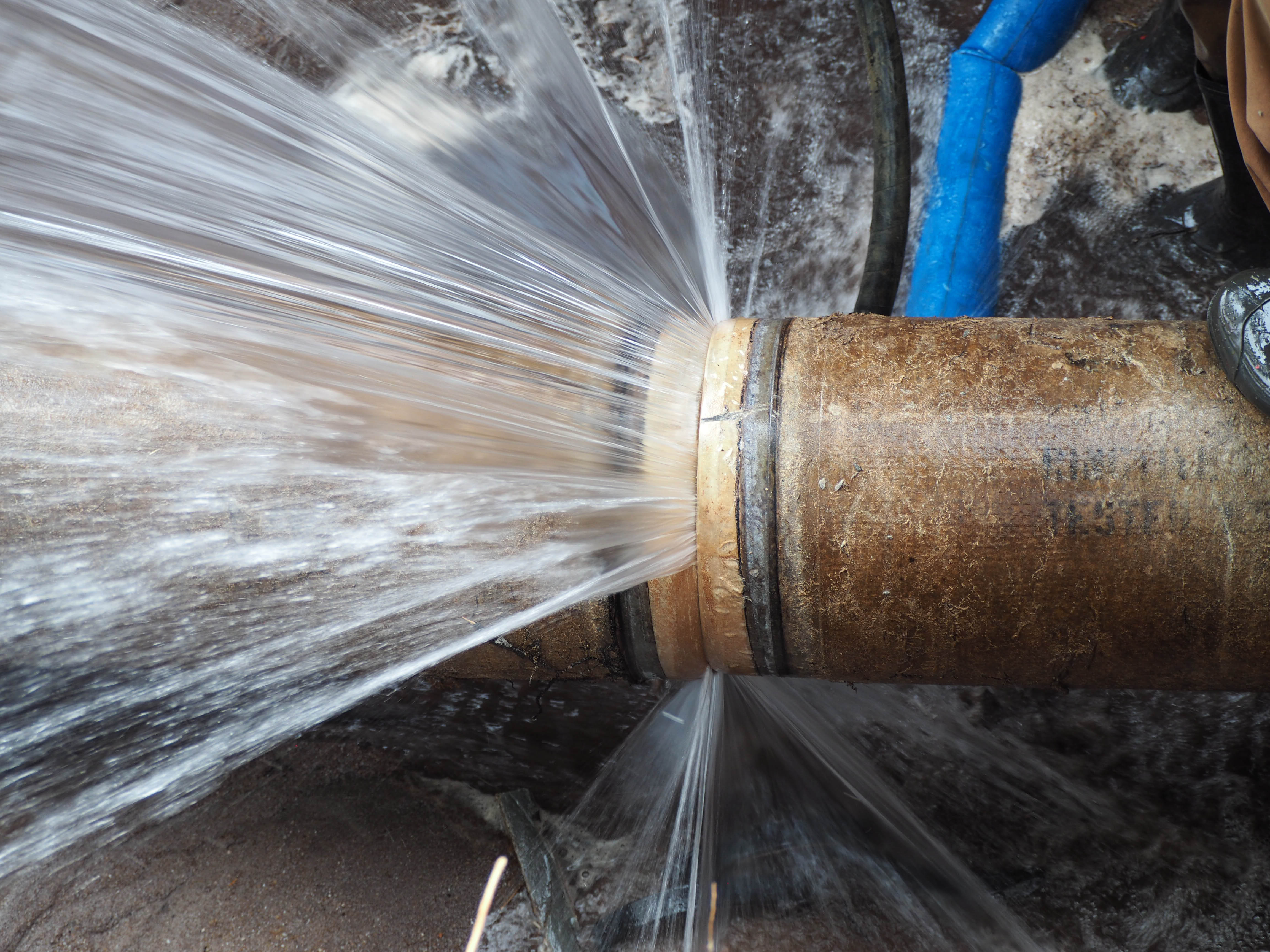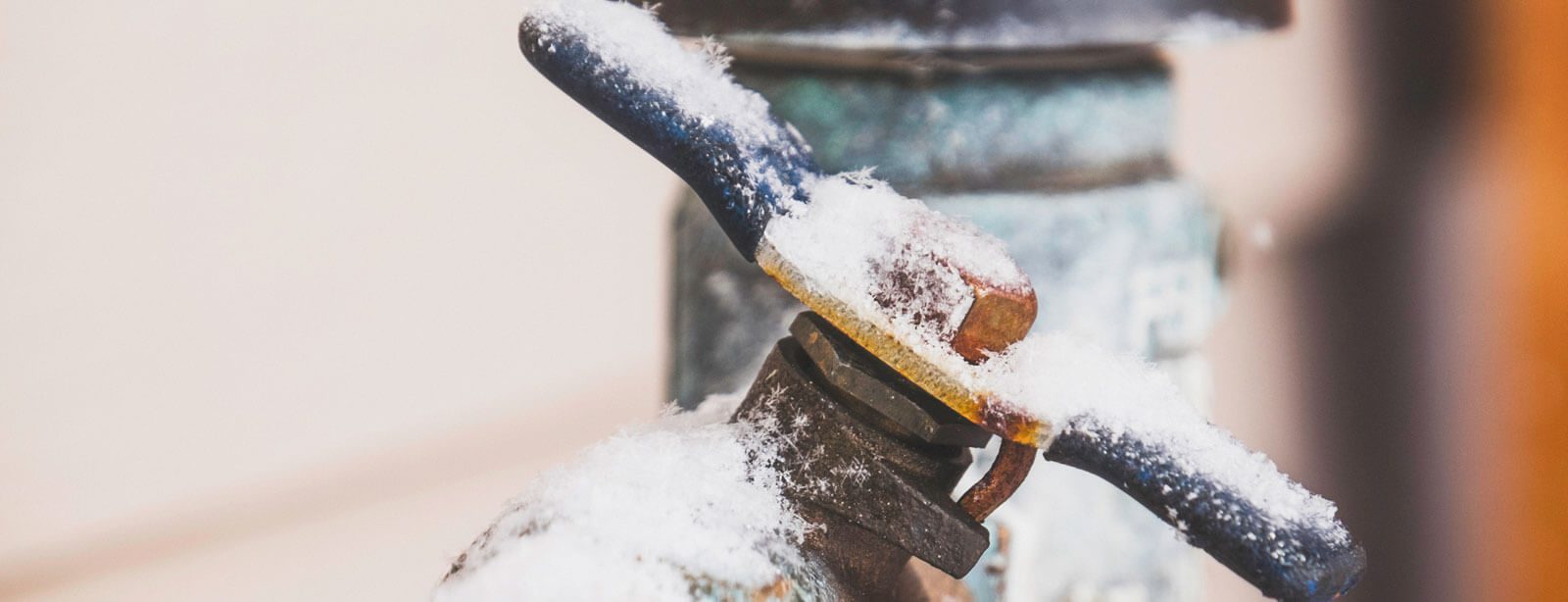Preventing Frozen Pipes in Winter: Critical Advice
Preventing Frozen Pipes in Winter: Critical Advice
Blog Article
What are your ideas regarding Preventing and dealing with frozen pipes?

Winter can damage your pipes, specifically by freezing pipes. Right here's how to prevent it from occurring and what to do if it does.
Intro
As temperature levels decline, the danger of frozen pipelines rises, potentially bring about pricey repair services and water damage. Recognizing exactly how to stop frozen pipelines is vital for property owners in cool climates.
Avoidance Tips
Shielding at risk pipelines
Cover pipelines in insulation sleeves or utilize heat tape to shield them from freezing temperatures. Concentrate on pipelines in unheated or exterior areas of the home.
Heating techniques
Keep interior areas appropriately warmed, specifically locations with pipes. Open cupboard doors to enable warm air to circulate around pipelines under sinks.
How to recognize icy pipes
Try to find decreased water circulation from faucets, uncommon smells or noises from pipelines, and noticeable frost on subjected pipes.
Long-Term Solutions
Architectural adjustments
Take into consideration rerouting pipes far from exterior walls or unheated areas. Add extra insulation to attic rooms, basements, and crawl spaces.
Upgrading insulation
Purchase premium insulation for pipelines, attic rooms, and wall surfaces. Proper insulation helps maintain constant temperature levels and lowers the threat of frozen pipes.
Safeguarding Outdoor Pipes
Garden pipes and exterior faucets
Detach and drain pipes yard tubes prior to winter. Install frost-proof spigots or cover outside taps with insulated caps.
Understanding Frozen Pipes
What creates pipes to ice up?
Pipes freeze when subjected to temperatures below 32 ° F (0 ° C) for extended durations. As water inside the pipes ices up, it increases, putting pressure on the pipe wall surfaces and potentially triggering them to burst.
Threats and problems
Frozen pipelines can result in water supply disturbances, building damages, and expensive repairs. Ruptured pipelines can flooding homes and create comprehensive structural damage.
Indicators of Frozen Pipes
Recognizing icy pipelines early can avoid them from breaking.
What to Do If Your Pipes Freeze
Immediate activities to take
If you suspect frozen pipes, keep taps open up to soothe stress as the ice thaws. Utilize a hairdryer or towels soaked in warm water to thaw pipes gradually.
Final thought
Avoiding frozen pipes needs positive measures and fast actions. By recognizing the reasons, signs, and safety nets, house owners can safeguard their pipes during winter.
5 Ways to Prevent Frozen Pipes
Drain Outdoor Faucets and Disconnect Hoses
First, close the shut-off valve that controls the flow of water in the pipe to your outdoor faucet. Then, head outside to disconnect and drain your hose and open the outdoor faucet to allow the water to completely drain out of the line. Turn off the faucet when done. Finally, head back to the shut-off valve and drain the remaining water inside the pipe into a bucket or container. Additionally, if you have a home irrigation system, you should consider hiring an expert to clear the system of water each year.
Insulate Pipes
One of the best and most cost-effective methods for preventing frozen water pipes is to wrap your pipes with insulation. This is especially important for areas in your home that aren’t exposed to heat, such as an attic. We suggest using foam sleeves, which can typically be found at your local hardware store.
Keep Heat Running at 65
Your pipes are located inside your walls, and the temperature there is much colder than the rest of the house. To prevent your pipes from freezing, The Insurance Information Institute suggests that you keep your home heated to at least 65 degrees, even when traveling. You may want to invest in smart devices that can keep an eye on the temperature in your home while you’re away.
Leave Water Dripping
Moving water — even a small trickle — can prevent ice from forming inside your pipes. When freezing temps are imminent, start a drip of water from all faucets that serve exposed pipes. Leaving a few faucets running will also help relieve pressure inside the pipes and help prevent a rupture if the water inside freezes.
Open Cupboard Doors
Warm your kitchen and bathroom pipes by opening cupboards and vanities. You should also leave your interior doors ajar to help warm air circulate evenly throughout your home.

Do you like reading about How To Avoid Freezing Pipes? Post a comment further down. We'd be happy to listen to your feelings about this content. We hope that you come back again in the future. Loved our review? Please share it. Help other people find it. Thanks for your time. Come back soon.
Visit Website Report this page